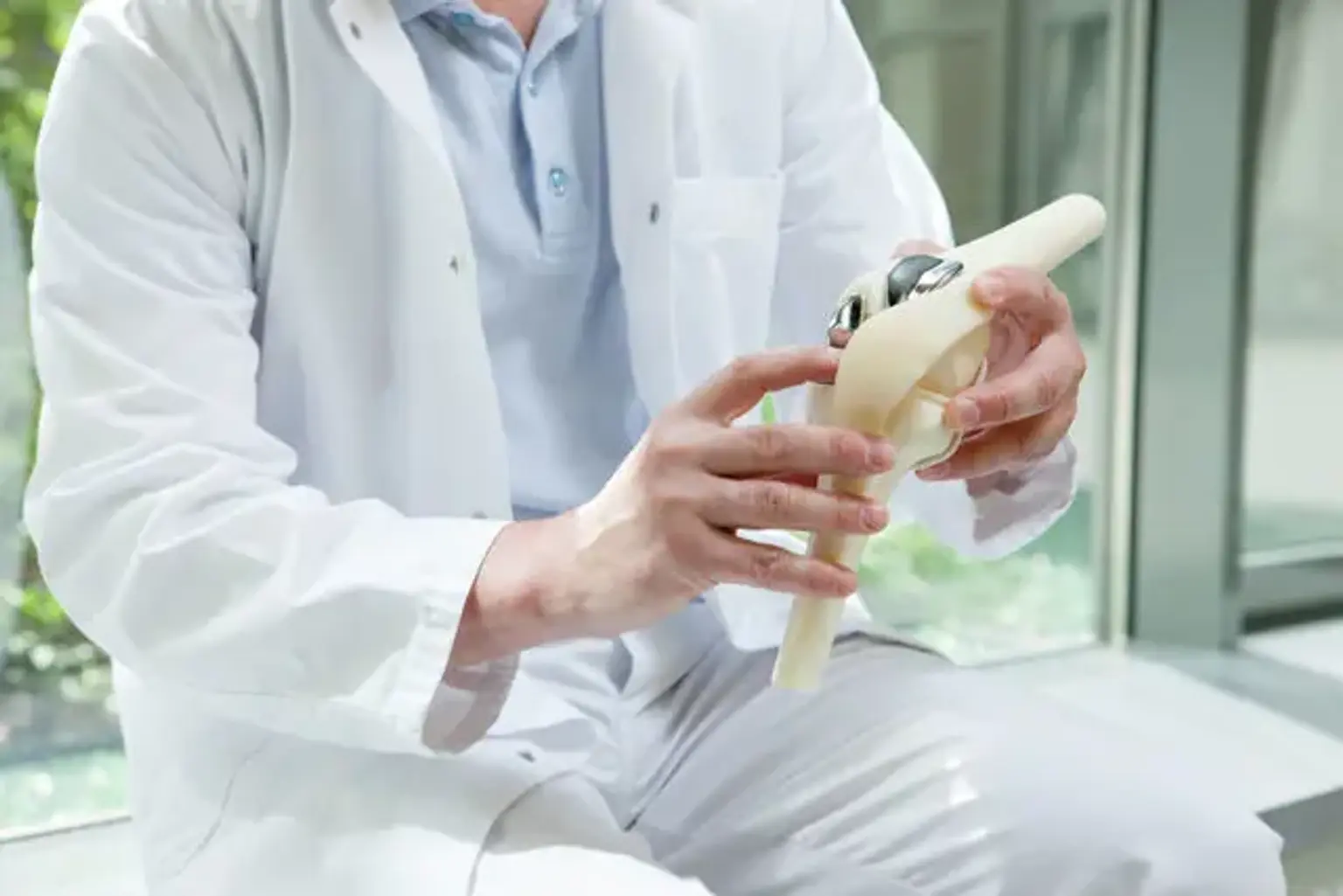Knee Replacement
Knee Replacement surgery is carried out to provide relief from pain and disability by replacing the weight-bearing surfaces of the knee joint. Knee replacement surgery is mostly carried out to treat osteoarthritis, rheumatoid arthritis, and psoriatic arthritis.
Knee replacement surgery is a frequent and cost-effective musculoskeletal surgical technique. The number of cases done continues to rise across the world, with significant variance in utilization rates among regions and nations.
The most prevalent cause for surgery is painful knee osteoarthritis, which results in diminished function and quality of life. The intervention threshold is not well defined and is influenced by a number of factors, including the patient's and surgeon's preferences.
